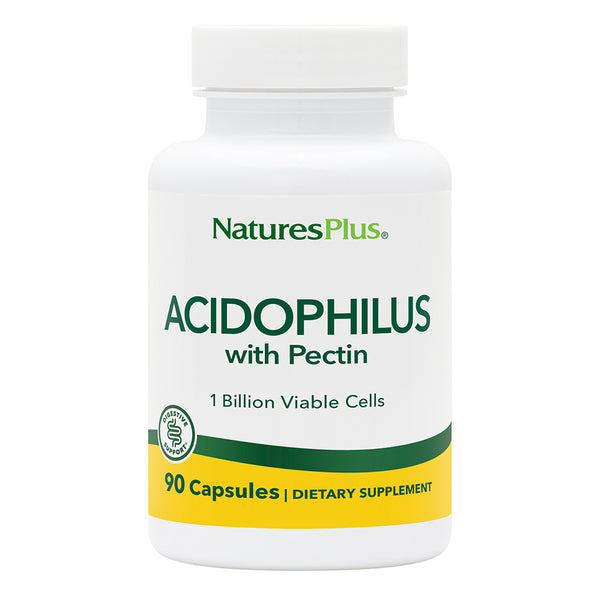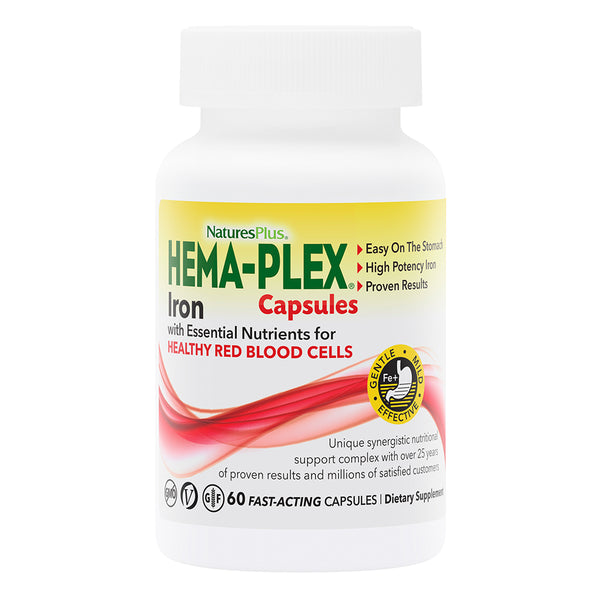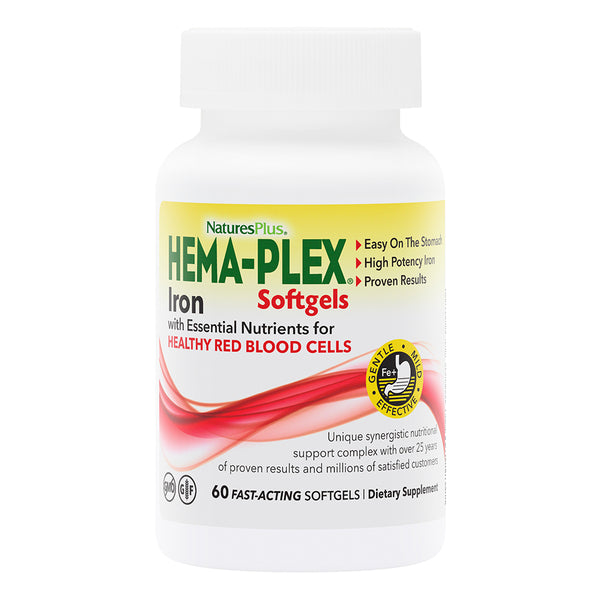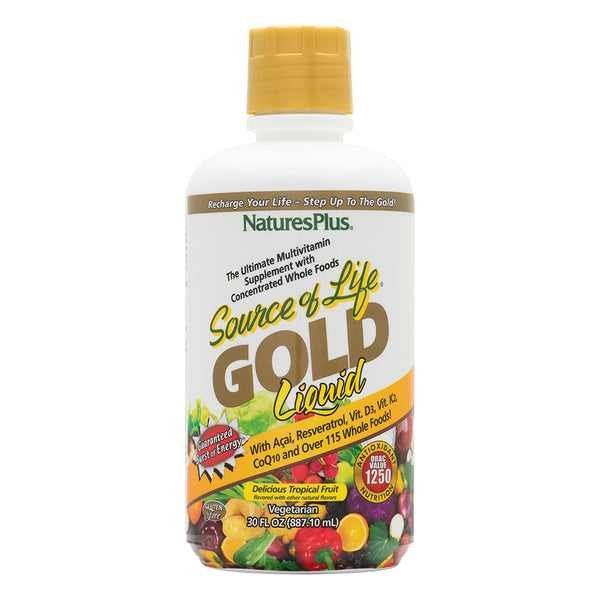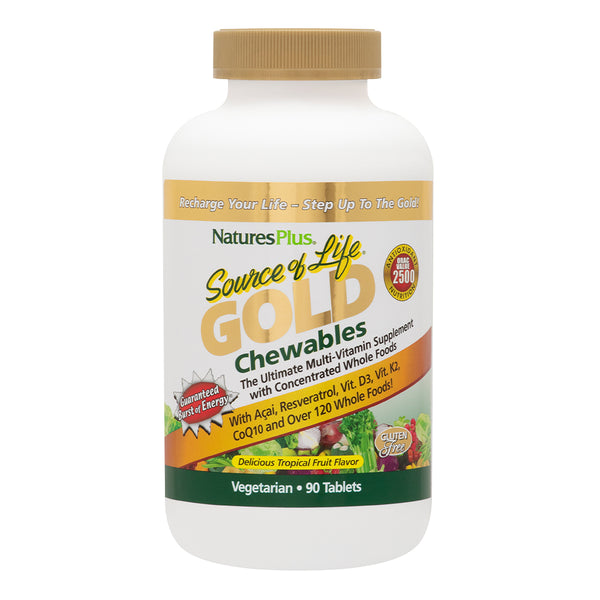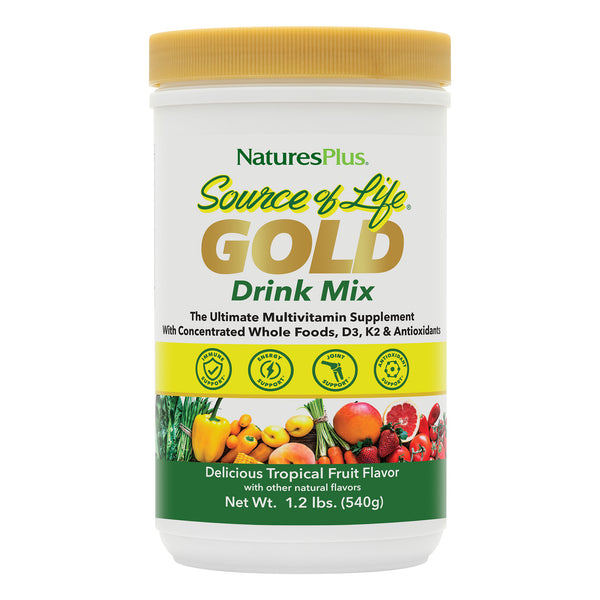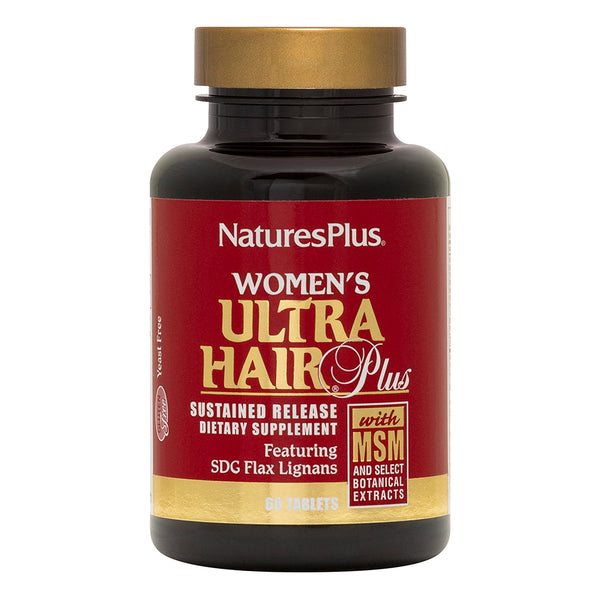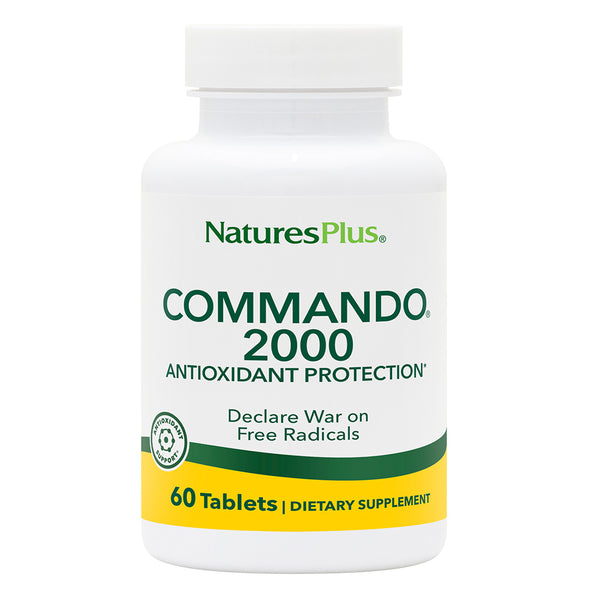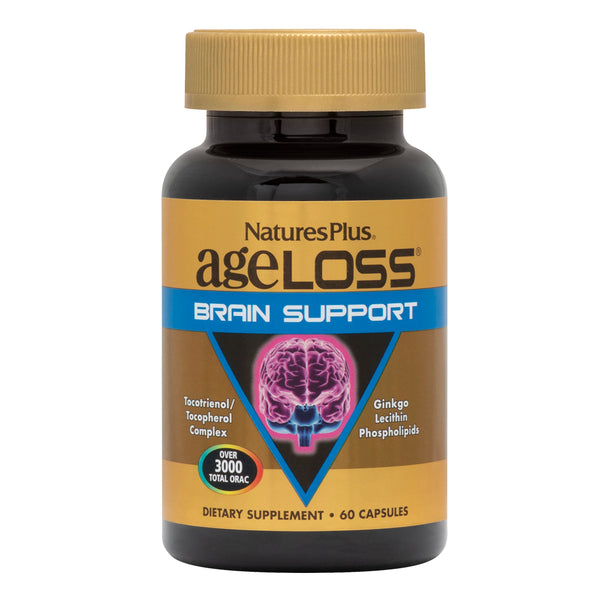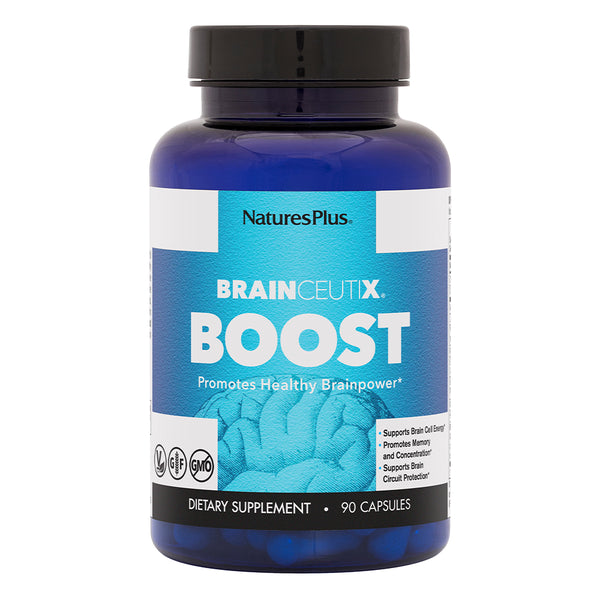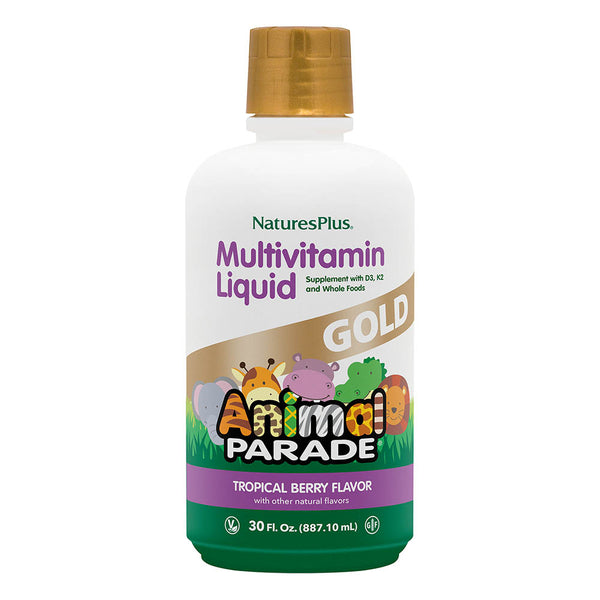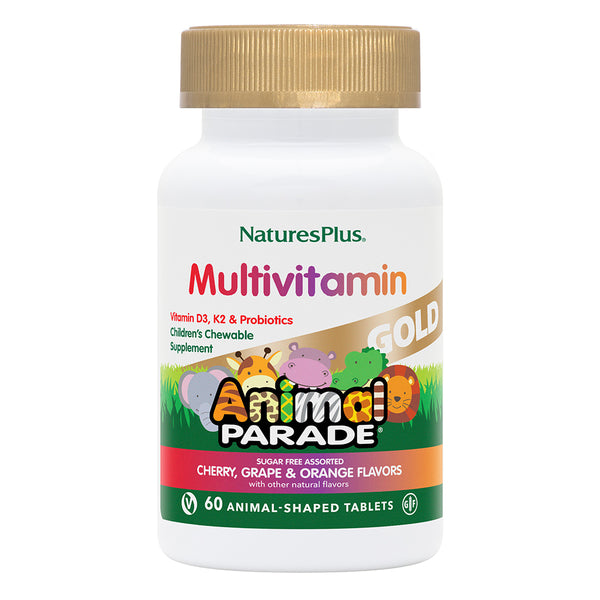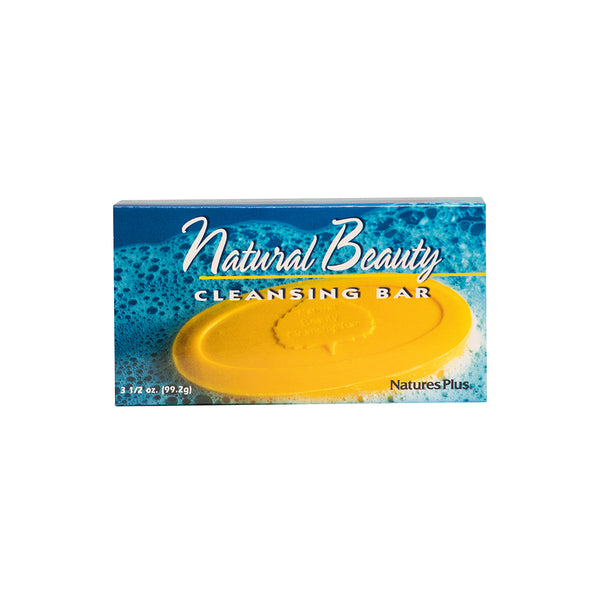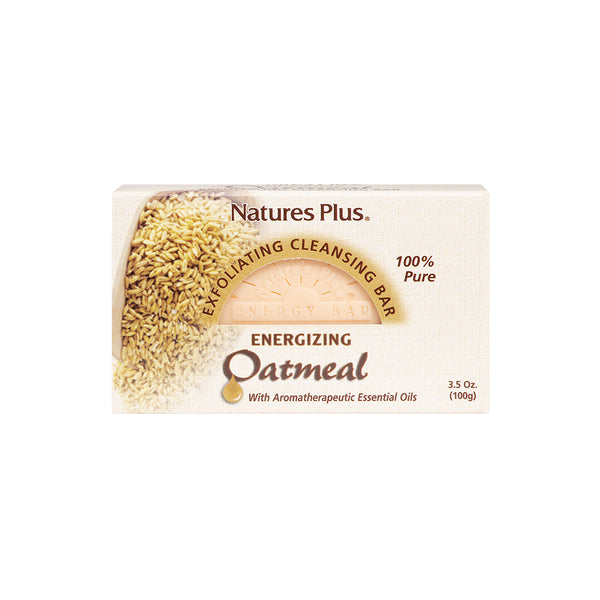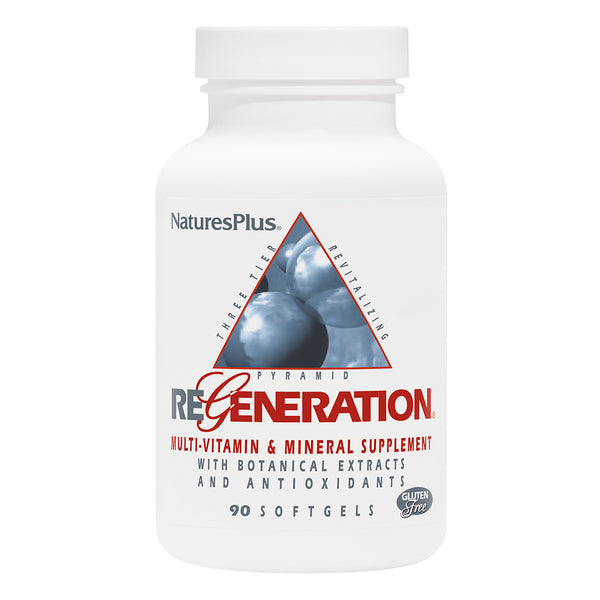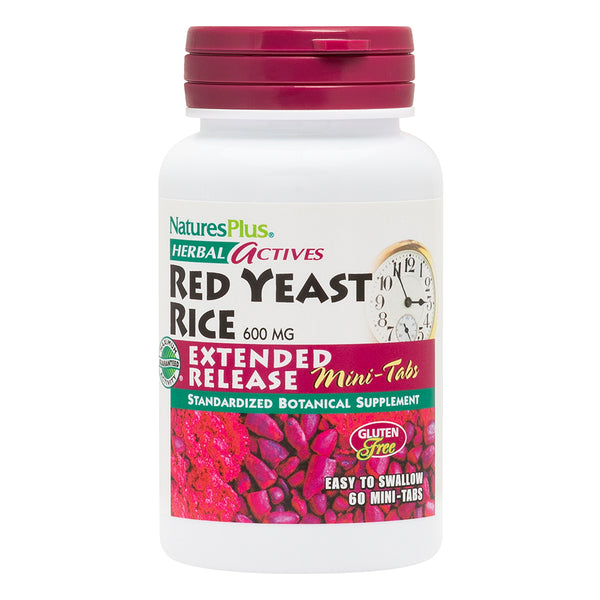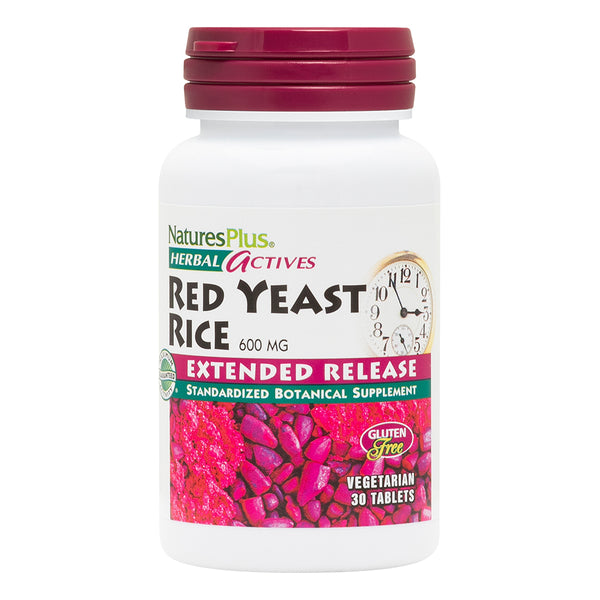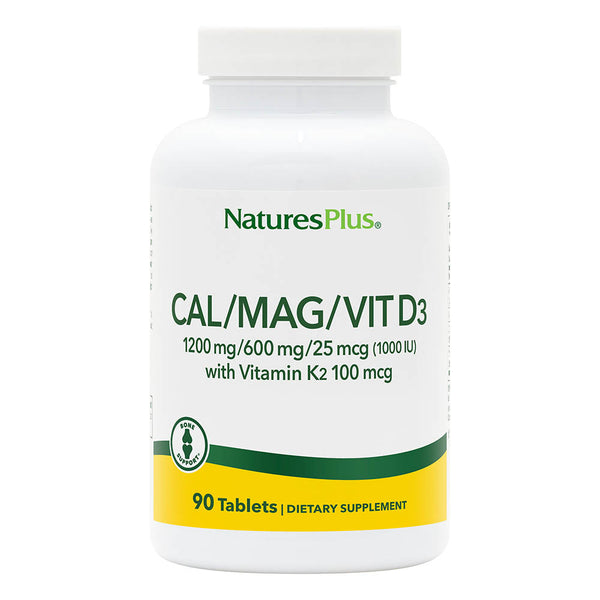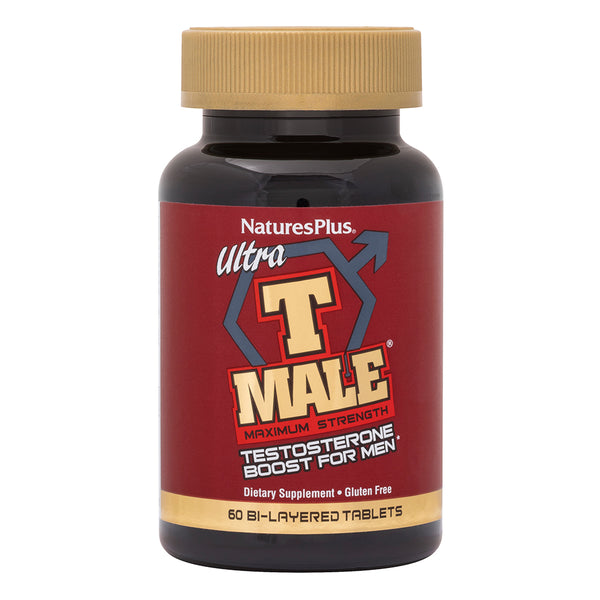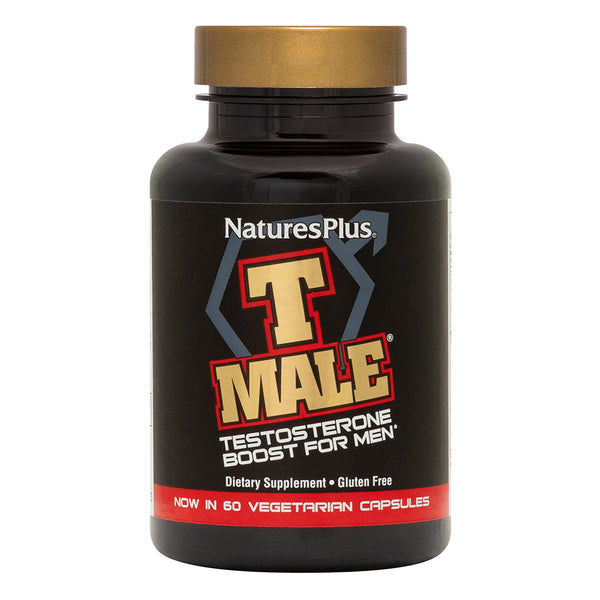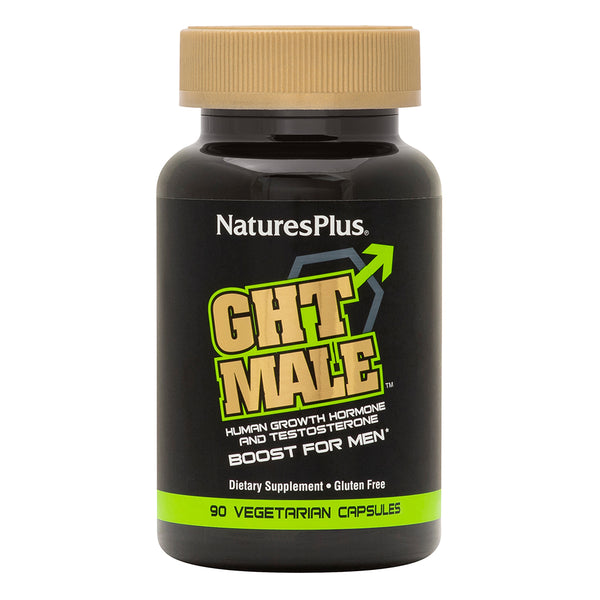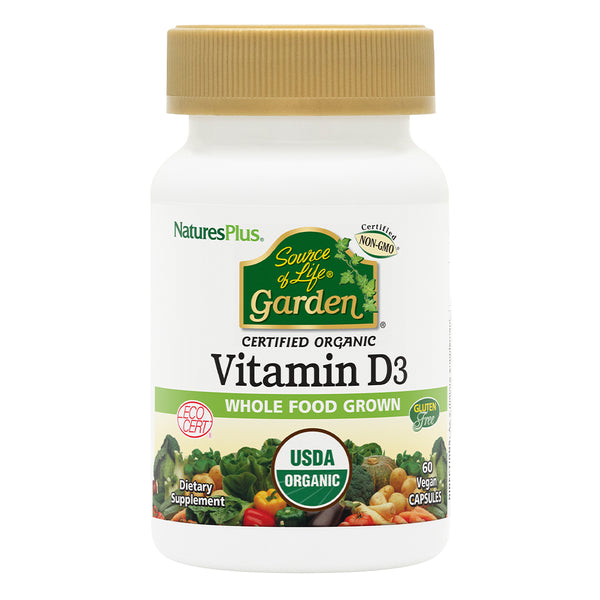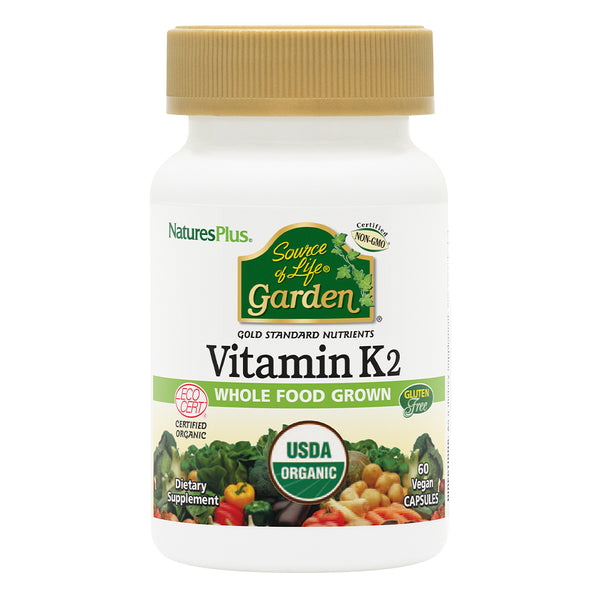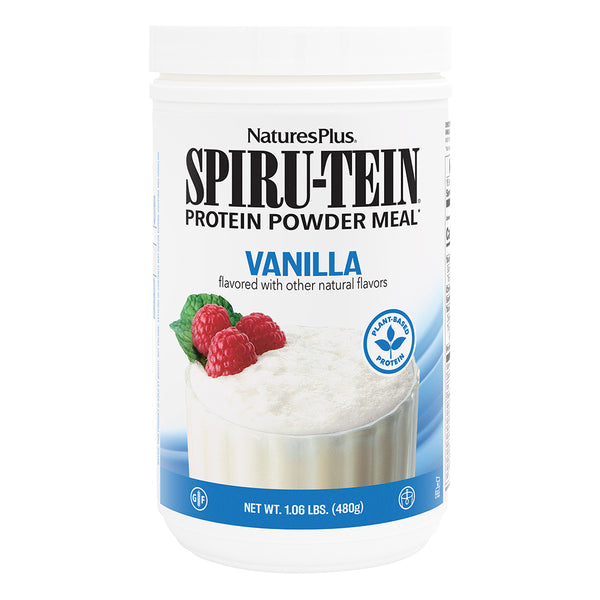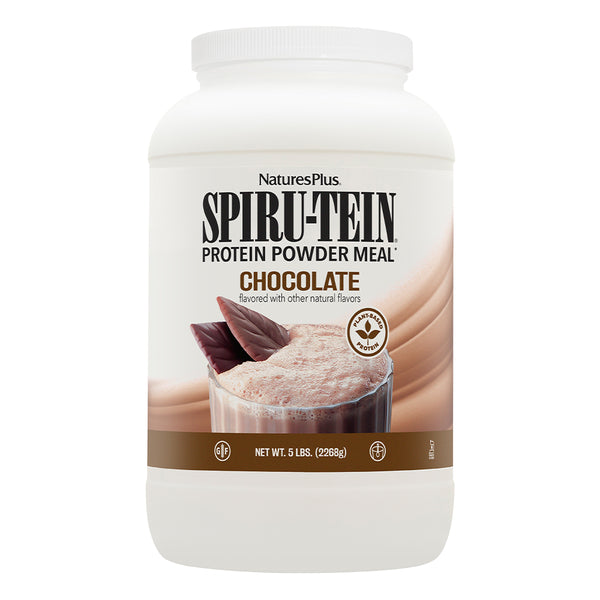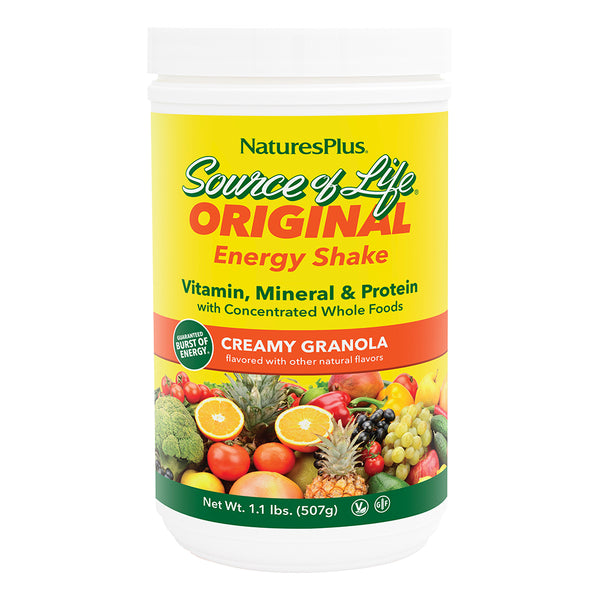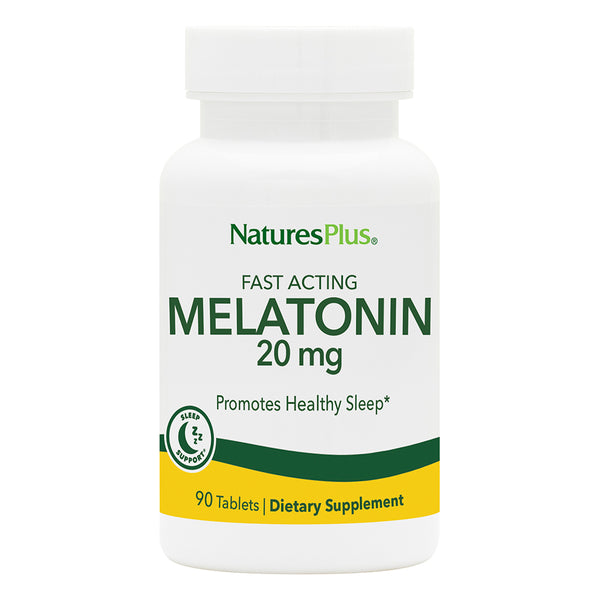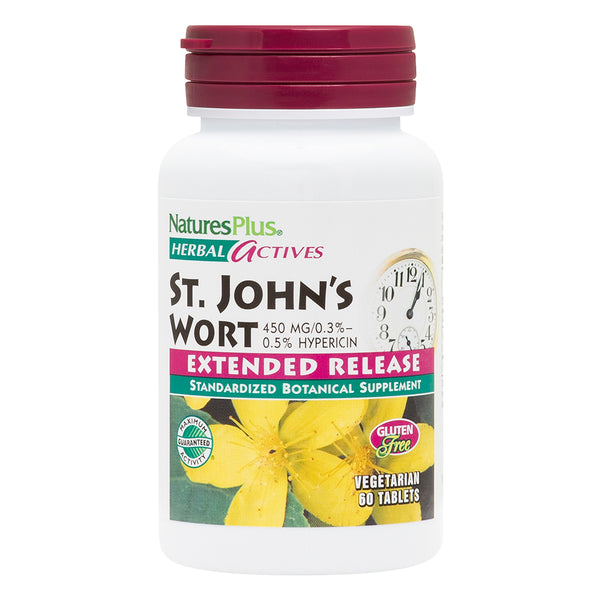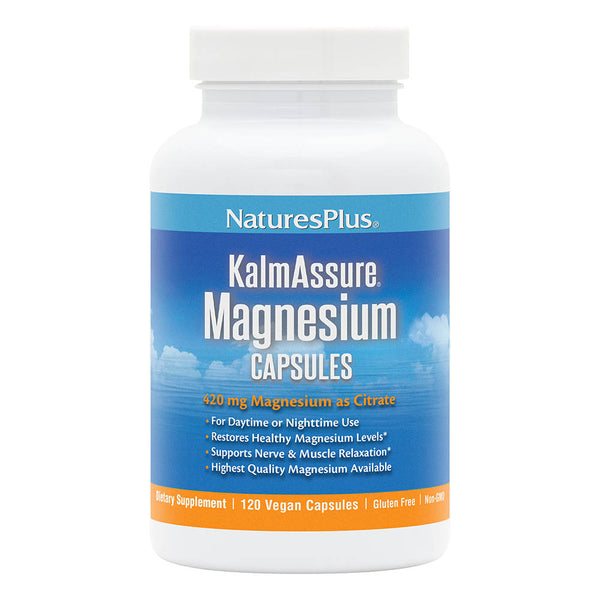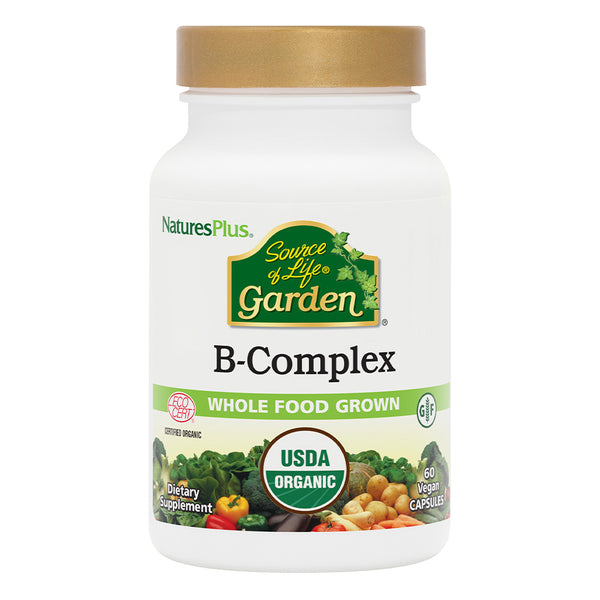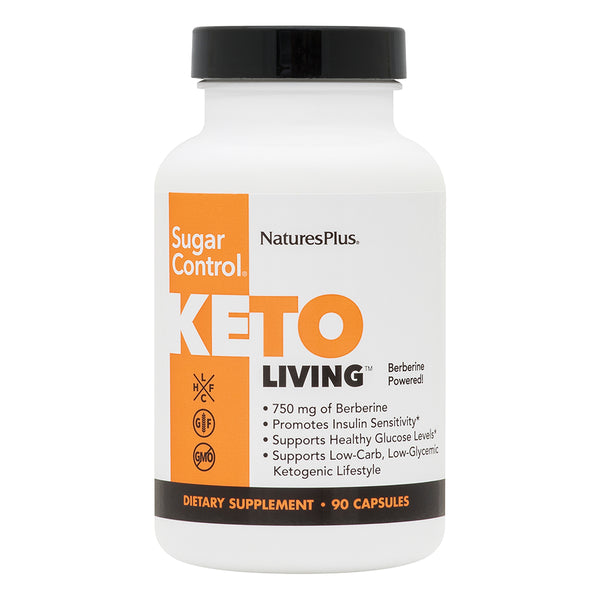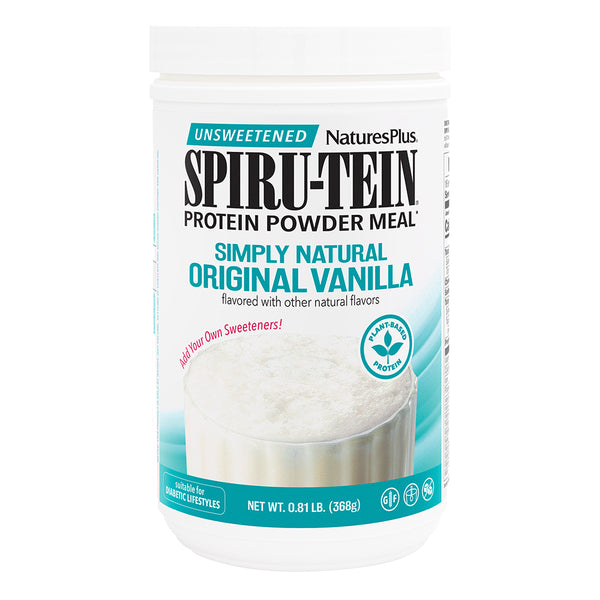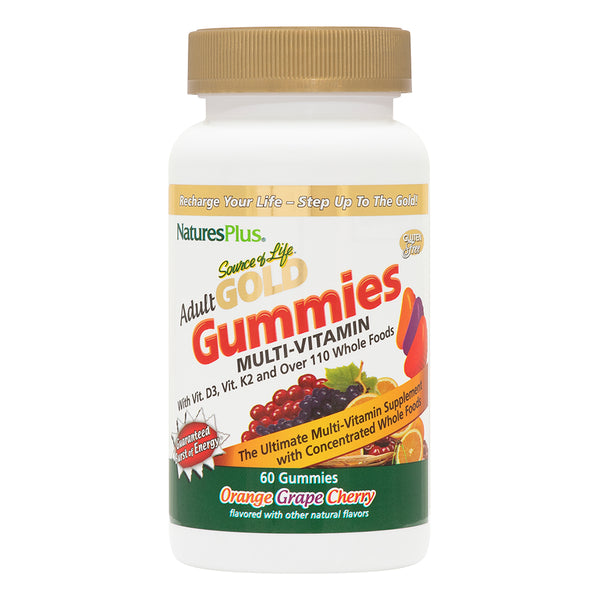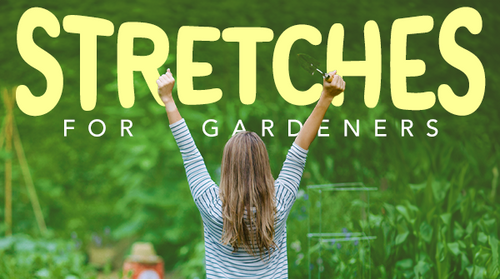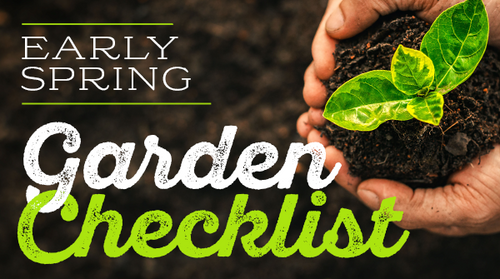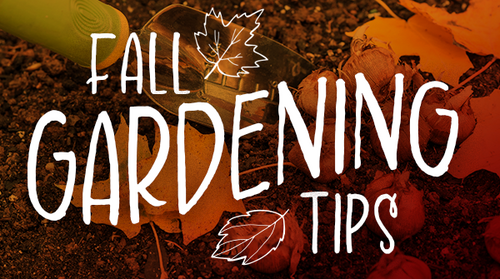Being a gardener has its advantages: Besides letting you grow your own food and get out into the fresh air, keeping a garden also helps you stay flexible and loose.
The only concern? Enjoying your time in the garden without having joints that ache from arthritis.
Fortunately, learning how to protect your joints can minimize “pain, swelling and further joint damage,” say the folks at UnityPoint Health–Meriter, a Wisconsin-based company. “Joint protection techniques could have a dramatic effect over time on your quality of life by putting joy back in your gardening experience.”
If you have significant problems with arthritis, UnityPoint Health–Meriter suggests first asking your healthcare provider about a referral for occupational therapy, noting, “An occupational therapist can fit you with custom splints that may help.”
Here are some ways to make time spent in your garden more pleasurable than painful.
Create Your Garden (and Buy Tools) with Joint Health in Mind
Creating a joint-friendly garden starts before you turn over that first spadeful of dirt.
For one thing, you can design your garden plot so that it fosters ease of movement.
“Use elevated beds,” recommends Creaky Joints, an arthritis patient advocacy group. “Bending, stooping and kneeling are likely to cause pain if you have arthritis.” If digging is difficult (or if your space is limited), the group suggests that you “focus on container gardening, in which you grow plants only in containers rather than directly in the ground.”
Another suggestion? “Keep your garden space close to the house and your water source,” advises certified hand therapist Karen James, OTR, CHT, of OrthoMaryland.
If your plot is at ground level, use a garden stool; “doing so lessens the load on your weight-bearing joints compared to standing or kneeling,” according to Creaky Joints. If a stool won’t work well in your space, try using a foam-rubber kneeling pad instead.
Select your garden tools with care, too.
Creaky Joints recommends using tools with extra-long handles, adding, “An extra handle part-way down the shaft of a spade or fork may keep you from bending too far.”
To protect your hands, UnityPoint Health–Meriter suggests looking for tools with “ergonomic grip designs featuring wide-handle tools that can help spread out the load.”
Adding foam or grip tape to tool handles for extra cushioning can also ease the strain on your hands, while wearing a pair of properly fitted garden gloves can help protect your skin from scratches.
Use Low-Maintenance Gardening Techniques
Knowing what to plant and how to maintain your garden can help you work more comfortably.
Whenever possible, choose ornamentals native to your area; such species can thrive with minimal input from you. (Find plants that grow naturally in your region by visiting the National Wildlife Federation’s Native Plant Finder.)
When planting vegetables, look for varieties that don’t need a lot of staking and pruning. Examples include compact, bush-style beans and tomatoes versus varieties that sprawl.
If you don’t have an automatic watering system, install drip irrigation or soaker hoses in your garden—either will save you both water and physical exertion.
No matter what irrigation system you use, conserve water with two inches or so of mulch; use shredded bark or wood chips for perennial beds, straw/grass clippings or shredded leaves for vegetables. Mulch also helps reduce time spent weeding (your joints willreallythank you for that).
Organize Your Garden Tasks
To avoid excessive trips back and forth from the shed or garage, “keep all equipment necessary for any task together in one area,” says UnityPoint Health–Meriter. “A garden tool belt, gardening bag or garden bench can keep what you need close at hand.”
If you need to move more items than you can reasonably carry, James suggests using a lightweight wagon or cart, one that’s easy to maneuver.
And while gardening is about so much more than the exercise you get from it, that doesn’t mean you shouldn’t prepare as you would for a workout. Warm up with a stretching program before you get started.
Move Safely in the Garden…Especially When Lifting
Be mindful of how your body is positioned while you’re working.
Maintain good posture and avoid staying in one position too long, and get as close to the area you’re working on as possible. Long-handled trimmers and pruners can keep you from having to reach up too high.
“There are movements you want to avoid when gardening,” advises John Skedros, MD, an orthopedist in Salt Lake City. “For example, when shoveling, it is best to avoid twisting your back to toss dirt over your shoulder and to instead work with the shovel always in front of you.”
Be especially careful when lifting or carrying.
When carrying something like a tray of plants, keep your elbows bent and close to your body.
For heavier objects, always lift with your legs, bending with your knees instead of your back, and keep the object as close to your body as possible. Limit the amount of weight you lift by, for example, “purchasing two smaller bags of soil rather than one large bag,” says Skedros. If that isn’t possible, “enlist the help of a friend when necessary.”
The general idea is to use “the strongest joints and muscles whenever possible,” says UnityPoint Health–Meriter. “Any amount of stress is better tolerated by larger joints or a combination of joints.”
Pace Yourself While Gardening
You can also protect your joints by not spending too much time in any one position.
“Remember to take regular breaks, even if gardening doesn’t feel like work to you,” suggests Creaky Joints, adding, “Pay close attention to any pain signals: If you have pain that increases during or after a gardening task, take it as a sign that you’ve done too much.”
“Change tasks every 30 to 45 minutes; this can help overcome stiffness that happens when in a position too long,” says James. “The same thing goes with not gripping tools for an extended amount of time.”
And just as you warmed up before gardening, remember to cool down afterwards.
“Stretching after working your muscles for so long is important to helping prevent future injury,” says Skedros. “If you feel especially sore in one area, apply ice to help prevent swelling.”
Live a Joint-Friendly Lifestyle
Doing everything you can to support your joints can make life both in and out of the garden easier. That means you should:
- Maintain a Healthy Weight. Carrying too many pounds puts tremendous stress on knee cartilage, the tough, elastic substance that lines the joint and provides cushioning and support.
- Engage in Aerobic Exercise. Stick with low-impact activities, especially as you get older. Swimming, bicycling (including spin classes) and elliptical training all provide exercise that helps protect your joints, as does walking (in properly fitted shoes).
- Protect Your Knees by Strengthening Your Legs.As we explainhere, step-ups, straight-leg lifts, hamstring curls, wall squats and calf raises all help to strengthen your legs. Avoid any motion that bends the knee more than 90 degrees, which puts excessive pressure on the cartilage.
Like this article? You’ll love our weekly newsletter
sign up here!
**These statements have not been evaluated by the Food and Drug Administration. This product is not intended to diagnose, treat, cure or prevent any disease.
